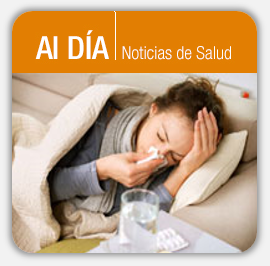Recomiendan uso de mascarilla quirúrgica y de respirador durante brote de gripe porcina
Un nuevo artículo publicado en la revista Risk Analysis evaluó las diferentes maneras por las cuales la transmisión de la gripe por aerosoles, un modo de difusión que consiste en respirar pequeñas gotas suspendidas en el aire, puede ser reducida. Los resultados muestran que la protección de la cara es una medida de control crucial para la influenza y puede por ello influir en cómo las personas deben tratar de protegerse de la gripe porcina por sí mismas.
Lawrence M. Wein, Ph.D., y Michael P. Atkinson de la Universidad de Stanford, construyeron un modelo matemático para la transmisión de la gripe por aerosoles con vistas a analizar las medidas de control en el hogar.
http://www.medicalnewstoday.com/articles/150933.php
Their model predicted that the use of face protection including N95 respirators (these fit tight around the face and are often worn by construction workers) and surgical masks (these fit looser around the face and are often worn by dental hygienists) are effective in preventing the flu. The filters in surgical masks keep out 98 percent of the virus. Also, only 30 percent of the benefits of the respirators and masks are achieved if they are used only after an infected person develops symptoms.
“Our research aids in the understanding of the efficacy of infection control measures for influenza, and provides a framework about the routes of transmission,” the authors conclude.
This timely article has the potential to impact current efforts and recommendations to control the so-called swine flu by international, national and local governments in perspective.
Publicado: may 21st, 2009. ![]()










